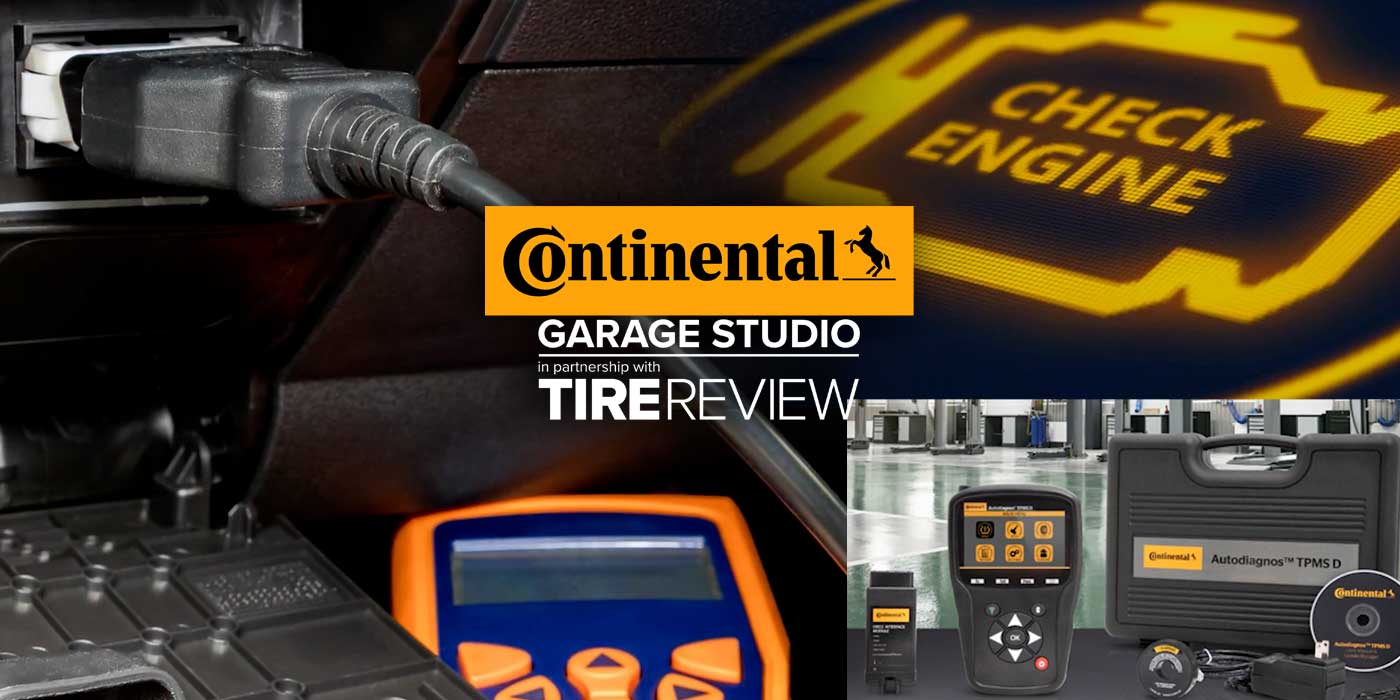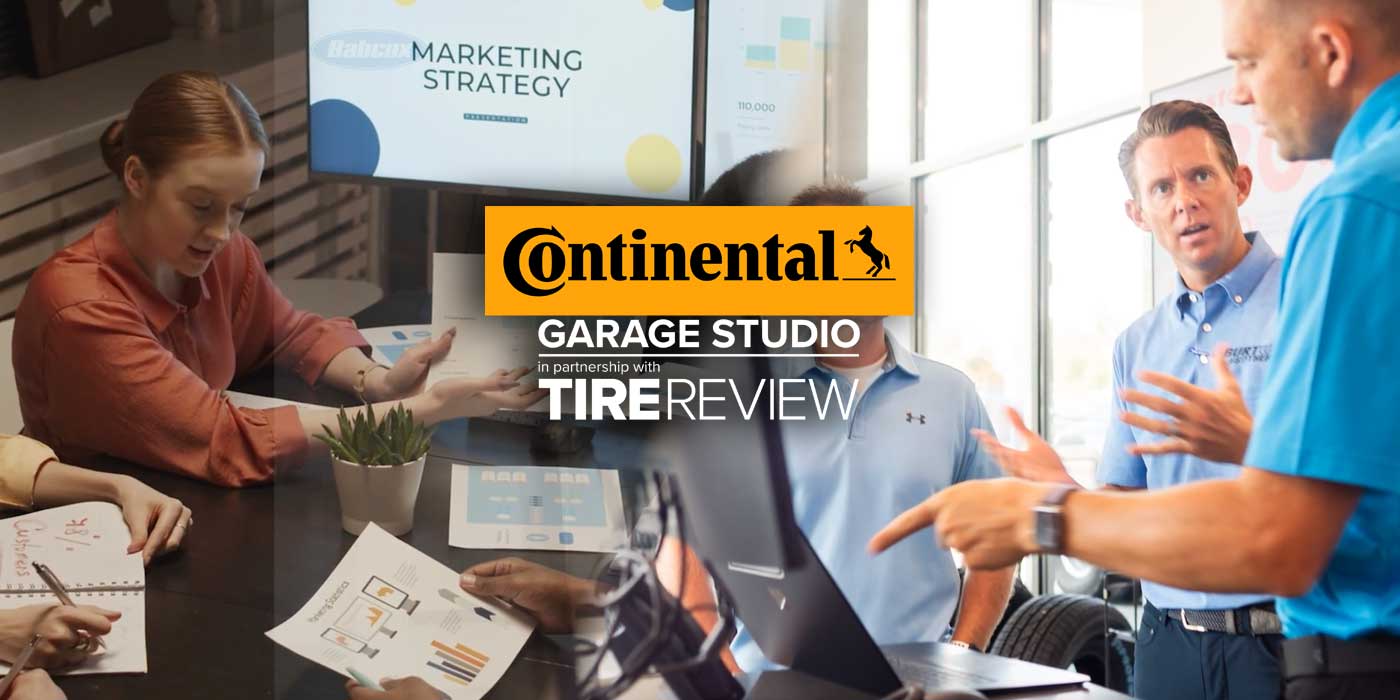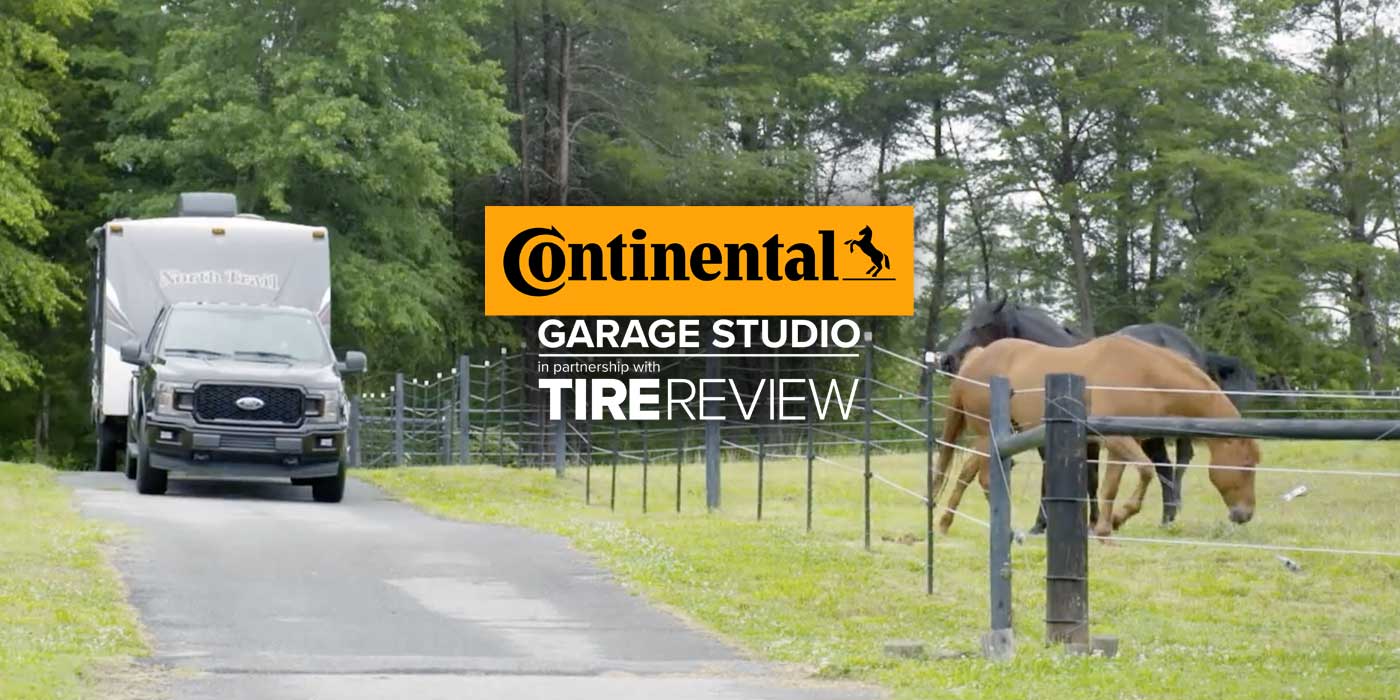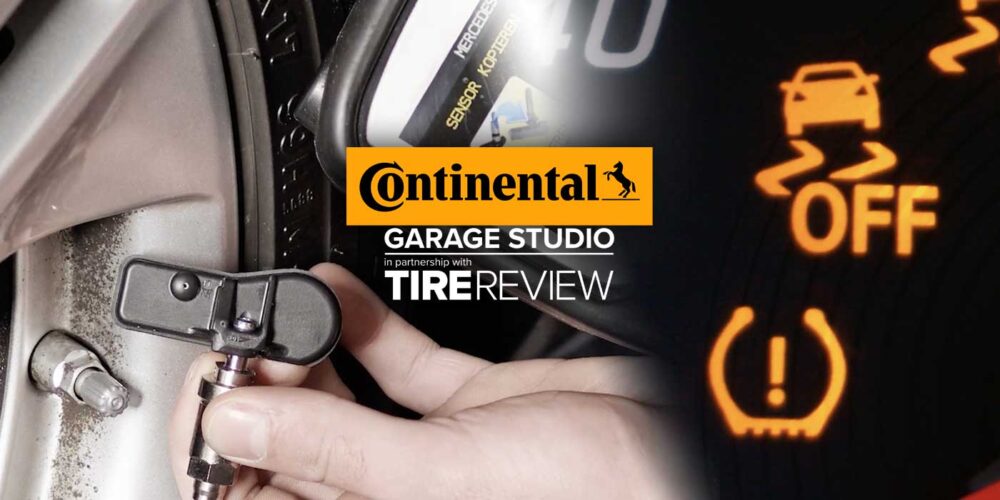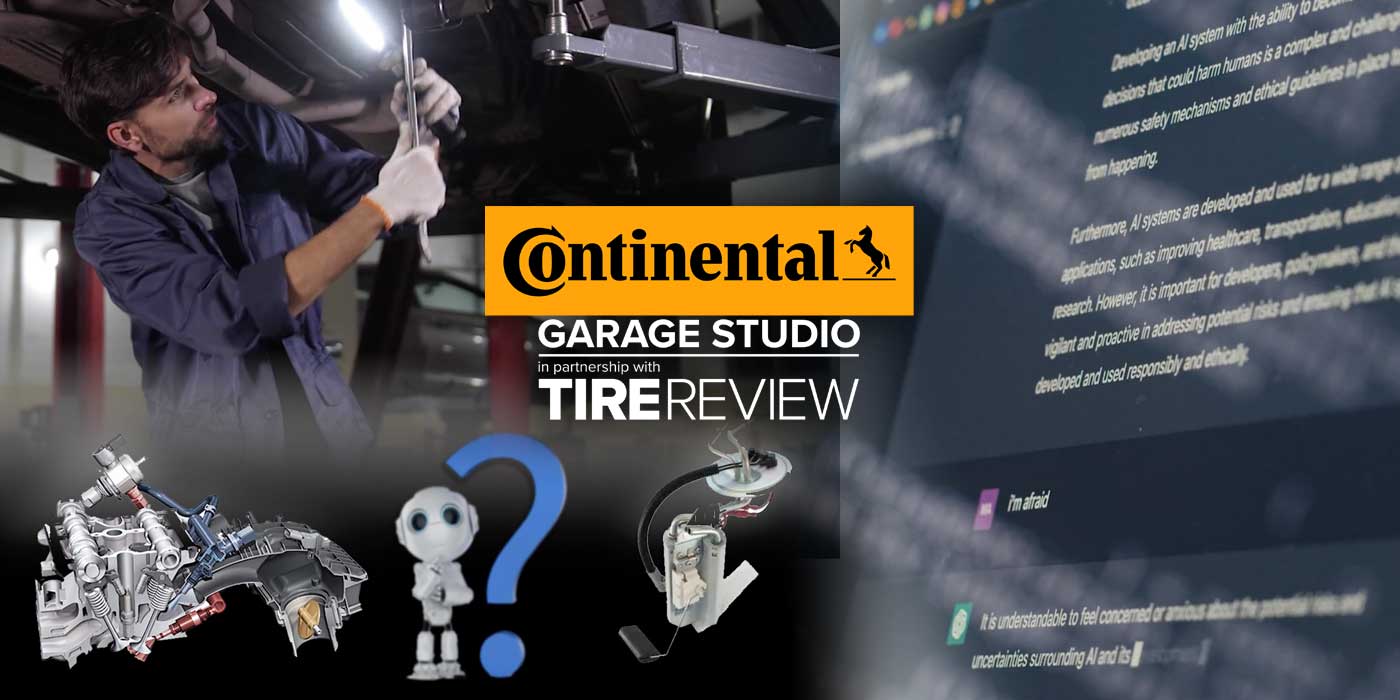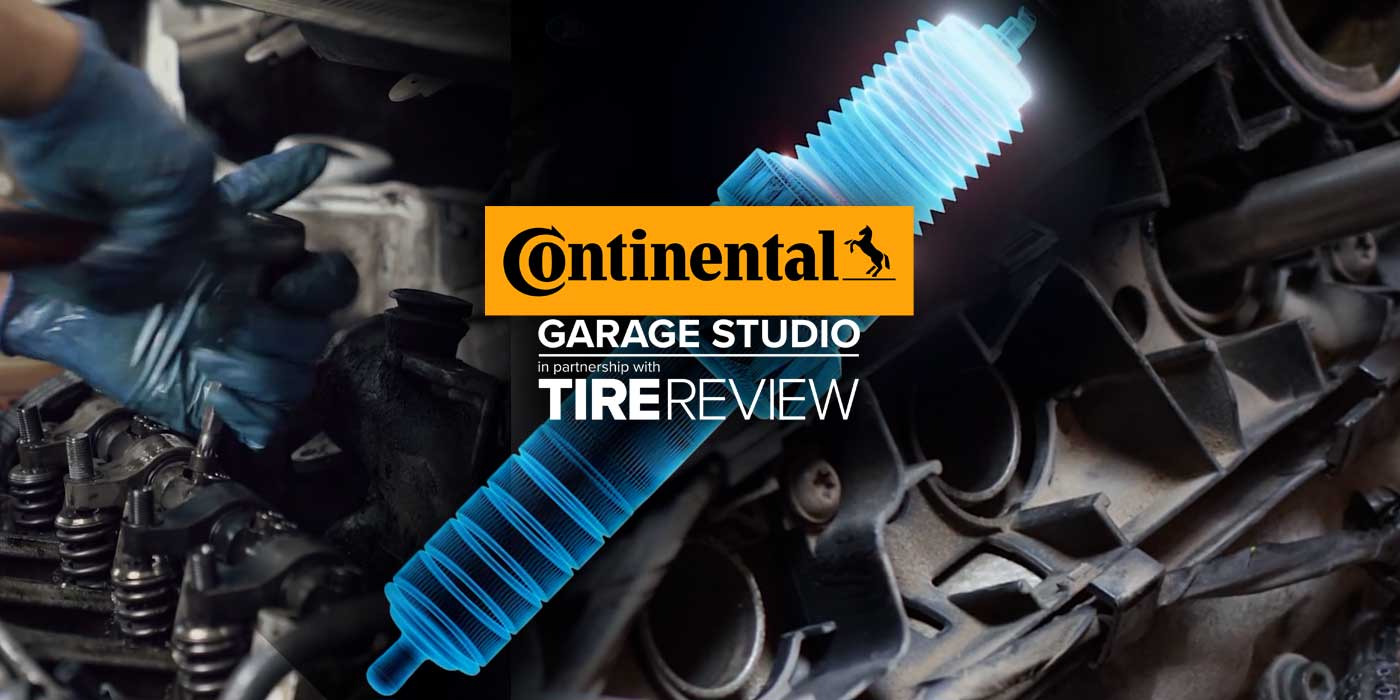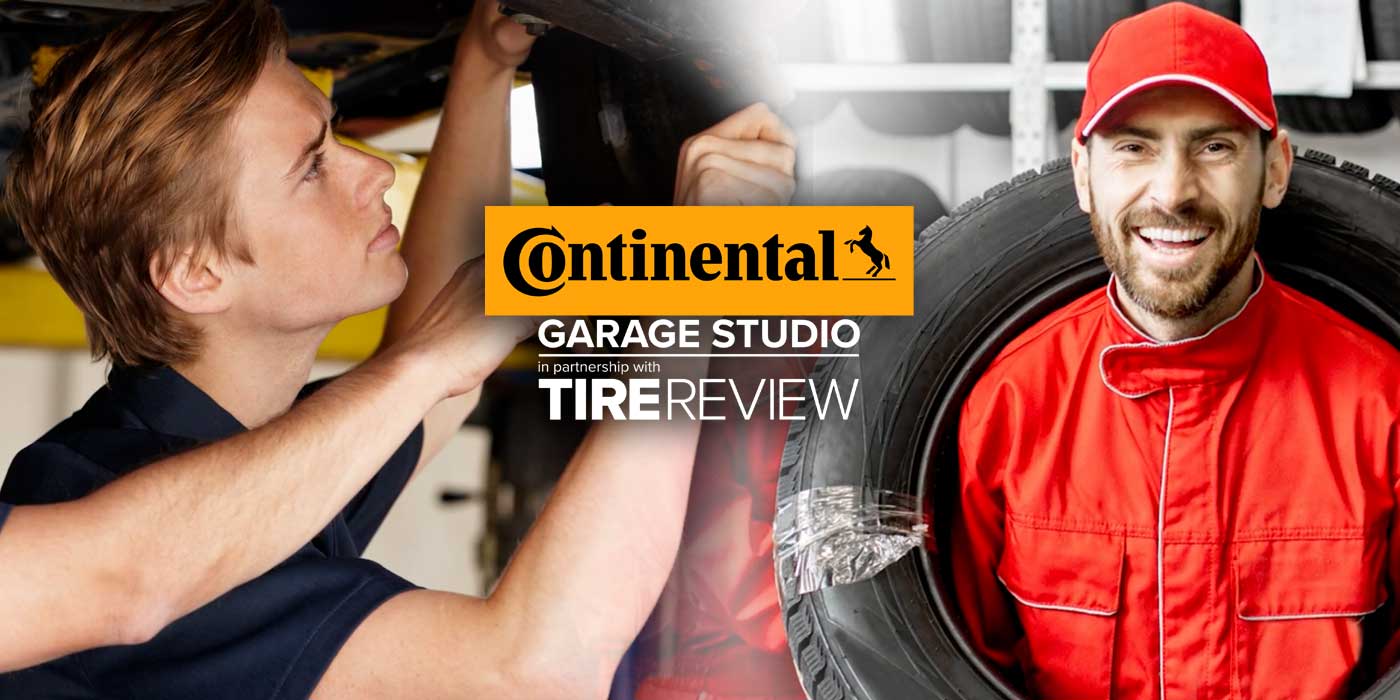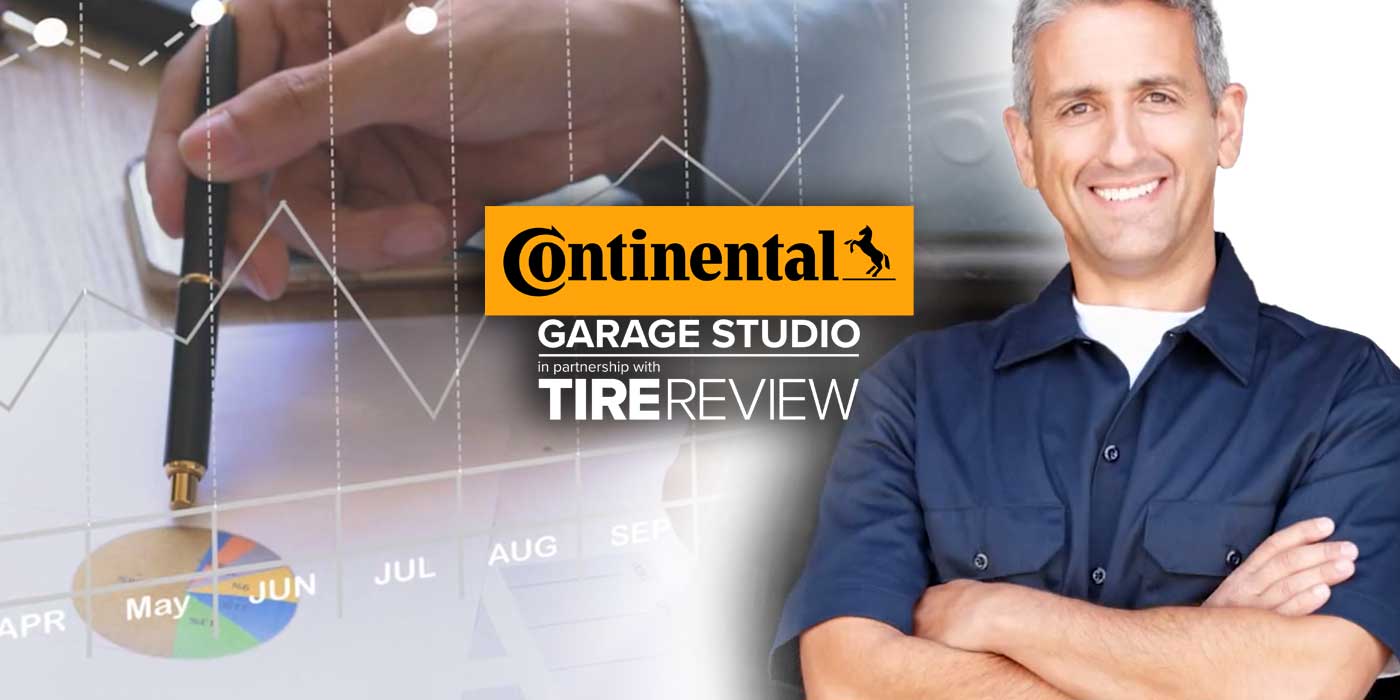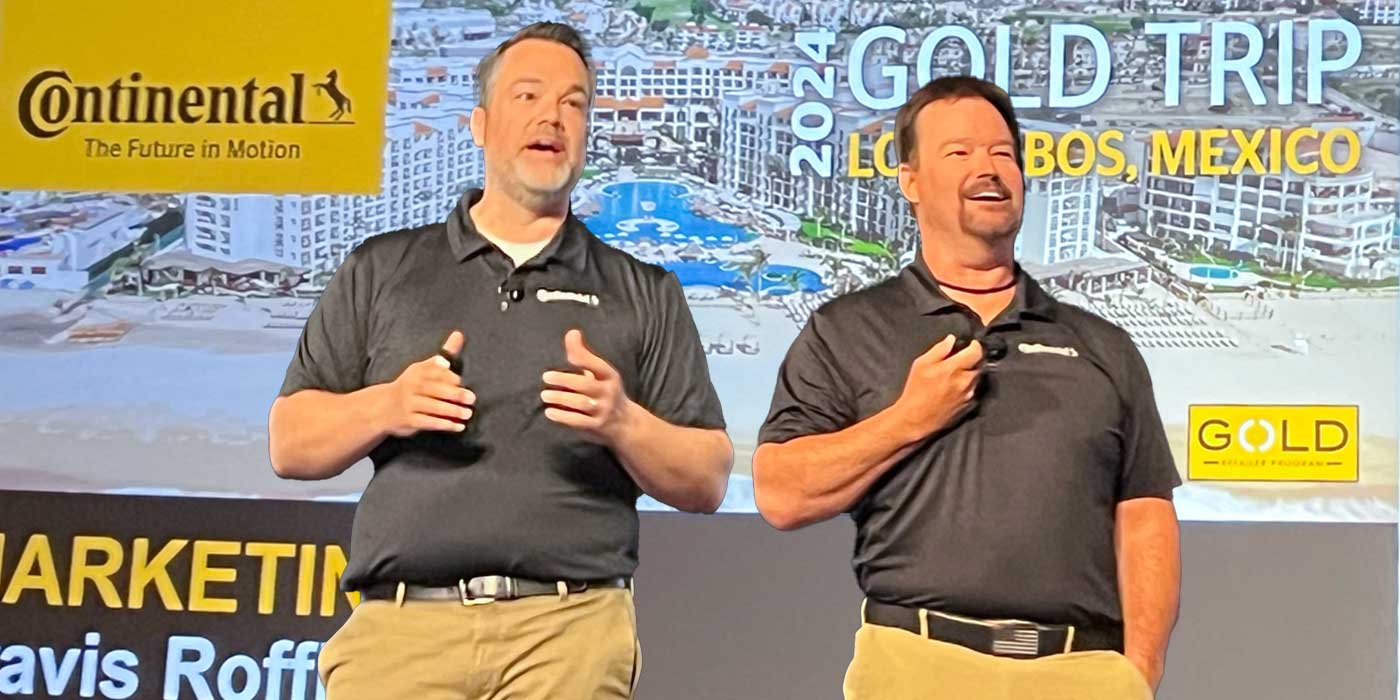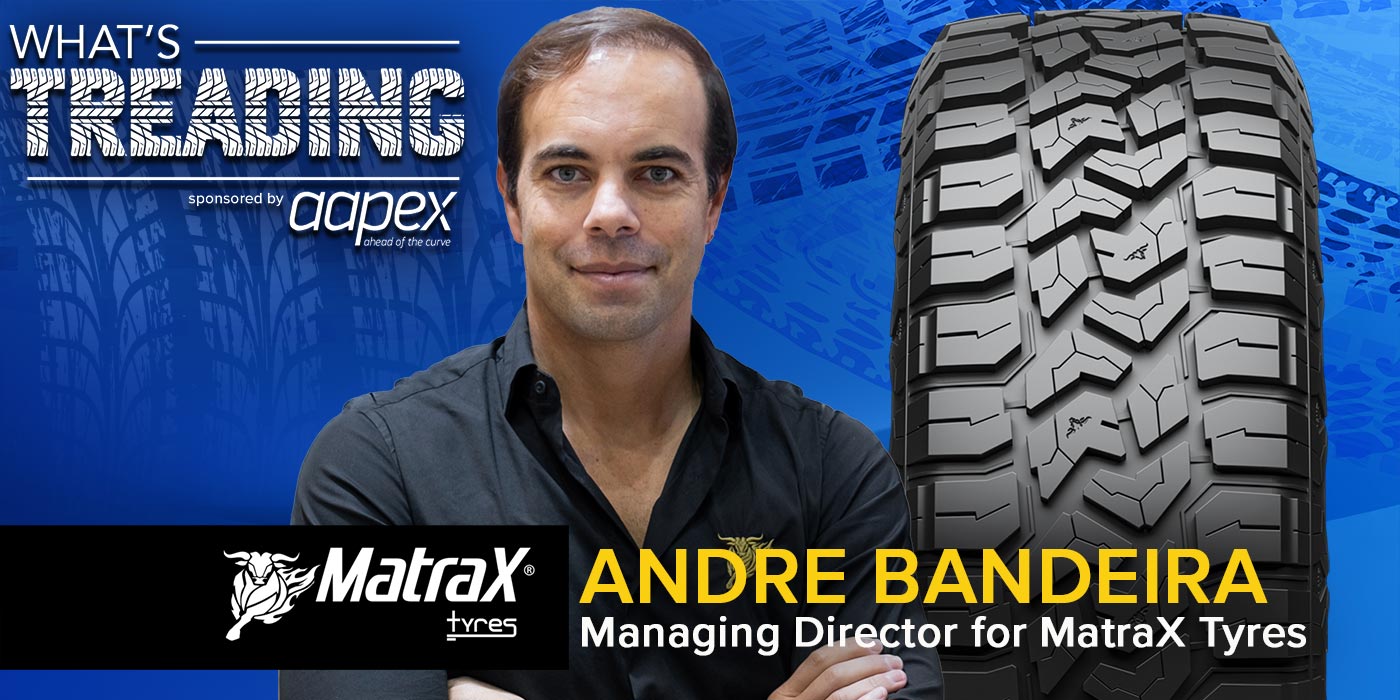Integrated Wheel End or IWE systems have become increasingly popular in recent years for certain Ford vehicle models. However, as with any automobile mechanical system, IWEs are not immune to issues and malfunctions.
These issues can lead to a range of problems, including reduced performance, unusual noises and even safety hazards. In this Tire Review Continental Tire Garage Studio video, we explore some of the common issues associated with IWE systems and discuss the steps that can be taken to diagnose and repair these problems.
IWE is a system used in some vehicles to engage and disengage the front wheel hubs when shifting between two-wheel drive and four-wheel drive modes. Here’s how it works:
When a vehicle is in two-wheel drive, the IWE system disengages the front wheel hubs, allowing the front wheels to spin freely without any power being transmitted to them. Comparatively, when the system is shifted into four-wheel drive mode, the IWE system engages the front wheel hub. This allows power to transmit to the front wheels, providing better traction and control in off-road or slippery conditions.
Shifting between two-wheel drive and four-wheel drive modes is accomplished using a vacuum-operated system – which works by using a vacuum pump to generate vacuum pressure. That vacuum pressure is used to activate a diaphragm inside the IWE hub assembly, which engages or disengages the hub.
If customers come in with any IWE issues, they probably are experiencing failure to switch between drive modes, wear to its components, or loud, grinding noises near the wheels.
One of the most common issues with the IWE system is a vacuum leak. If there is a leak in the vacuum lines or the vacuum reservoir, it can cause the system to not engage properly, leading to a loss of traction.
Another common issue with the IWE system is broken or worn components. Over time, the vacuum actuators or hubs can wear out or break, preventing the system from engaging or disengaging properly.
If the vehicle components appear to be in good condition, the next step is to check the electrical connections. Inspect the solenoid and wiring for damage or corrosion caused by water exposure. You can also use a multimeter to check the voltage at the solenoid to ensure that it is receiving power.
Don’t forget to follow us on Instagram and Facebook and subscribe to our YouTube channel for more tire, service and shop operations videos.

